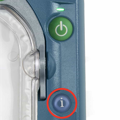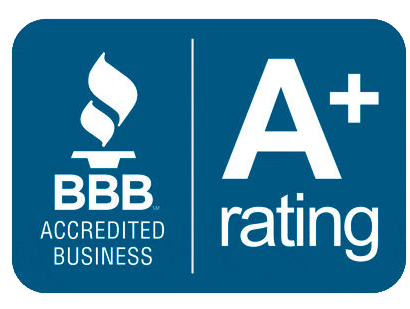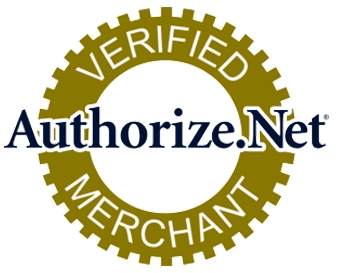The total cost of ownership for an AED will vary depending on the use case. As explained, different locations and industries have different needs/requirements. Is your facility buying a new unit? Will you need an AED cabinet with signage? Will you be purchasing an AED Program Management program to make sure your AED(s) are properly maintained? Let’s take a dive into a break down of what the total cost of ownership for an AED is:
Brand new AED: $1,480.00*
Most common AED accessories purchased:
- Backup Adult Electrode Pads: $79.00
- Pediatric Electrode Pads: $115.00
- AED Cabinet & Sign: $27.00-$350.00
- AED Trainer: $485.00
Optional:
- AED Program Management: $105.00-$207.00 per year
Recurring AED Maintenance Cost:
- Adult Electrodes: $79.00 (every 2 years)
- Pediatric Electrodes: $115.00 (every 2 years)
- Battery: $189.00 (every 4 years)





























